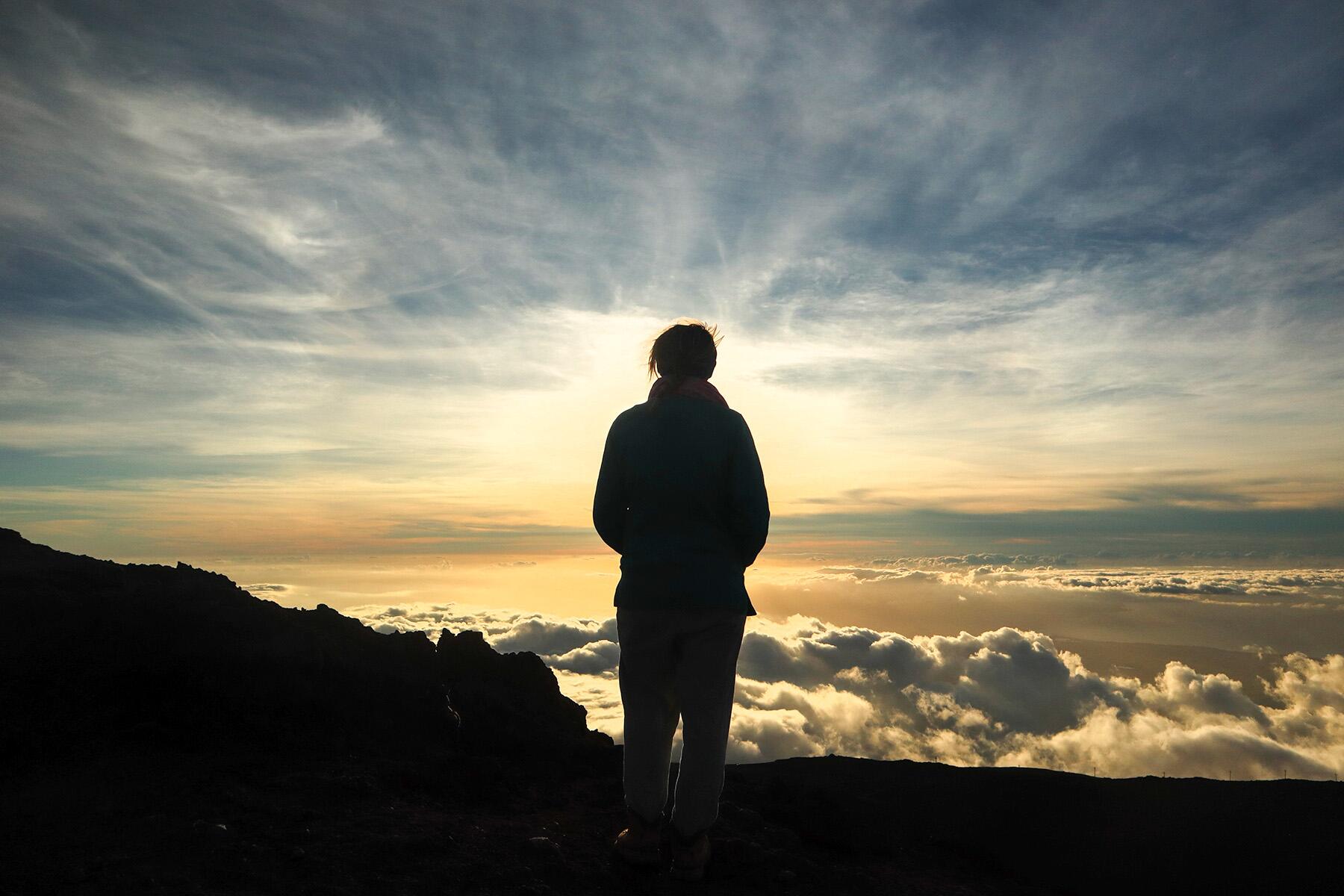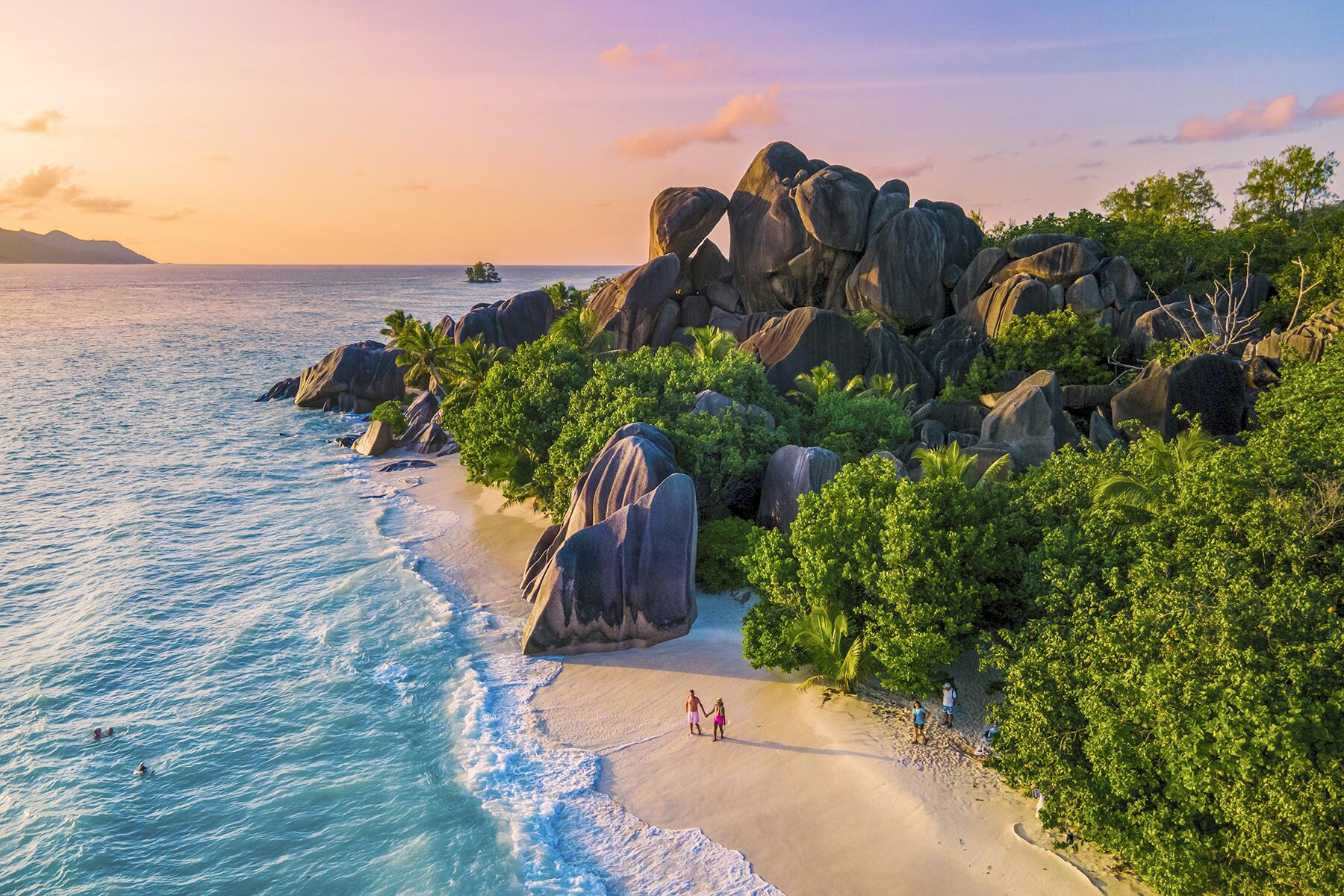Pajamas in China? Camouflage in the Caribbean? Think again.
With luggage restrictions tighter than ever and lost luggage at an all-time high, many travelers are choosing to ditch checked baggage and rely entirely on their carry-on. When packing with limited case space, it is important to know what NOT to pack. There are countries where wearing certain pieces of clothing or jewelry is illegal, banned, or socially unacceptable. Check out the destination you are visiting next to see what you should leave at home.




